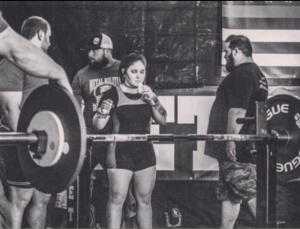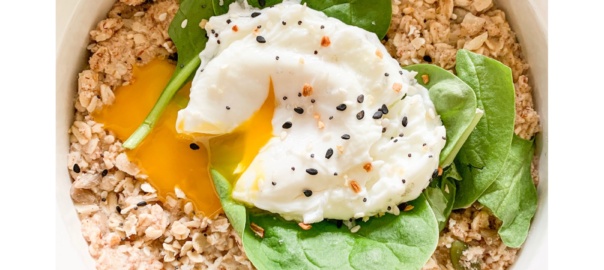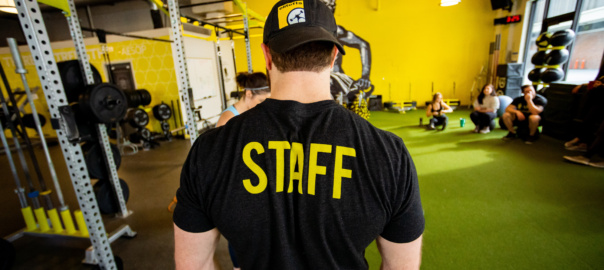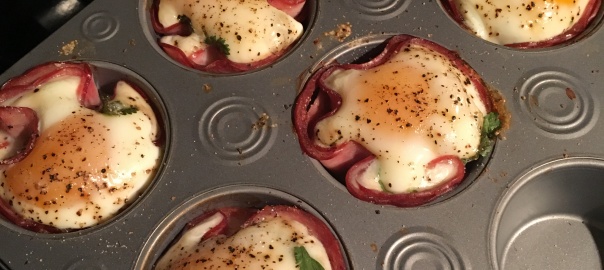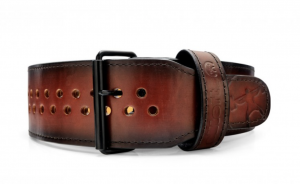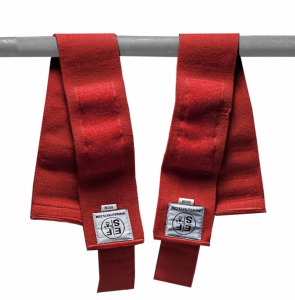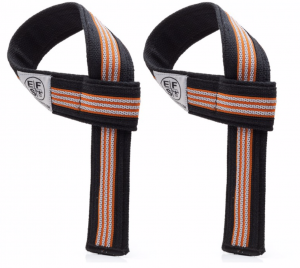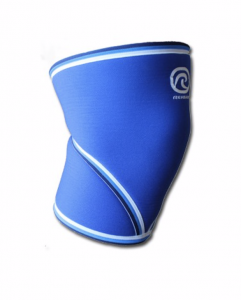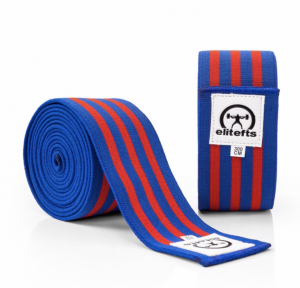Fasting, is it for Everyone?
Fasting. The buzziest word of 2017, 2018, 2019, and probably for a few more years. Or maybe it is just on my mind. You know when you are buying a car and you want a yellow car- then you start to see yellow cars everywhere. It’s not the influx of yellow cars now on the road, it’s your brain looking for this. So, now “fasting” is EVERYWHERE to me.
To be honest when I heard the word, I would sigh, take a breath, and ask why? Most responses were “I don’t know, my friend is doing it” or “I want to lose weight so this will shorten my window of eating.” Ok, I guess I understand the logic behind shortening the window. I also never gave it a chance to have an opinion. So, what did I do? I tried it to see how my body would respond. Before I get into it, I want to give some information on what fasting is.
What is Fasting or Intermittent Fasting (IF)? Fasting is the absence of eating for a period of time. This is voluntary and different from starvation which is involuntary. You have a feeding window and you have a fasting window. An example of a popular fasting ratio is 16 hours of fasting and 8 hours of feeding. Keep in mind of those 16 hours, 7-8 hours should be spent sleeping. Your reasoning will be different from the next. Some do it for health benefits, weight loss, etc. while others do it for spiritual reasons.
Fasting was not created in 2019 by the most recent Instagram famous fitspo. It is something our bodies are born to do. Our bodies are equipped and ready at any moment to prepare for long periods of time before the next feeding. How? Our body fat is the fuel to our intricate system. In other words, your body eats itself. This leads into some of the reasons people start this in the first place.
*Mind you fasting does not mean instant ‘fat burning.’ Our bodies will burn muscle before fat in a caloric deficit IF we do not lower our glycogen stores (through a low carb diet or consistent intense training to keep those stores low), which is not the recipe for improved body composition.
Low glycogen stores + interval strength training = optimal fat burning.
Autophagy. When fasting, our cells go through a process called autophagy. This is the degradation and recycling of cells, a way for the body to throw away old crappy cells, organelles, etc. I will quickly tell you why our body does this because we all need to know why things happen in order to connect to a concept. When we eat, insulin increases. When we don’t eat, and need some glucose, our body increases glucagon, a hormone used to break down stored glycogen. Remember, our body needs energy. Glucagon is released more often when we fast. Glucagon stimulates autophagy. Autophagy can happen anywhere in the body, including in the brain. Research has shown some benefits to fasting for the prevention of degenerative diseases such as Alzheimer’s, Parkinson’s and even cancer- shown to help clean up abnormal proteins that are prevalent in these diseases.
Other reasons people fast are for (POSSIBLE) increased fat burning, weight loss from shortened feeding window, management of type 2 diabetes, mental clarity, increased growth hormone, cell cleansing, and reduction of inflammation. Please keep in mind that these cool benefits are not promised and often take more than just a manipulation of your feeding window to reap the benefit. Some of these take lifestyle changes such as food choices, exercise, and other interventions. Fasting is not the end all be all. So, I am here to tell you how my body reacted and why fasting is not for everyone.
If you are curious on how fasting will react with your body I recommend doing some research into what fasting window is right for you and, if your body is in the right place for it. Some great resources are Dr. Rhonda Patrick at www.foundmyfitness.com (her podcast is great too), Dr. Satchin Panda, and Dr. Jason Fung.
Fasting windows: DISCLAIMER: Please talk to your doctor before trying any of the extreme fasts, they are absolutely not for everyone and can result in dangerous outcomes.
13:11 (the circadian fast – 13 hours of fasting, 11 hours of feeding) (The non-extreme and the one that works best for me) (Dr. Satchin Panda is a great resource for this!)
16:8 (16 hours of fasting, 8 hours of feeding)
20:4 (20 hours of fasting, 4 hours of feeding)
24-hour fasting
5:2 (5 days of eating, 2 days fasting and of on the 2 days you are allowed to consume 500 calories)
Extended fasting (greater than 48 hours, this is extreme and can result in micronutrient deficiency)
My fasting experience. I fasted for 3.5-4 weeks. I trained fasted. I did the 16:8 fast. Stopped eating around 7:15 at night and did not eat again until 11:15 am the next day. I was enamored by the fact that my body was able to sustain without food for 16 hours because I LOVE TO EAT and I have always been a breakfast person. Here is how my body reacted. The first week I felt great. I loved having a small feeding window of 8 hours. I ate non-stop, so it felt. I think I dropped 1 pound the first week. Probably because my body was confused. But, let me tell you about the rest of the 2-4 weeks. I felt chronically fatigue, my training felt sluggish with zero energy, my brain felt foggier than ever, and I was bloated like a kid on Christmas (makes no sense), but you get the idea. I started wondering if this was for me. I thought maybe the symptoms would go away after my body acclimated to this change. Nada. I did some research. Women, this one’s for you.
Fasting is a form of intermittent starvation, voluntary, but starvation at best. Your body does not know the difference of voluntary and involuntary starvation. The female body is protective, period. Our intricate and amazingly beautiful bodies want to stand up and protect at any moment from famine, danger, etc. So, reproductive hormones start to decrease because our bodies do not see the success of nurturing a growing child when food is low. You are signaling to your hypothalamus (H-P-G axis), the main conductor of this train of hormones, that food may not be around and therefore the system changes, downregulates. The hypothalamus likes food to be spread throughout the day to feel confident that you are ok. Your hypothalamus is not only the conductor of your menstrual cycle, it also plays into other important hormones such as cortisol, thyroid, etc.
My experience with hypothalamic amenorrhea in the past tells me that fasting is like playing with fire. Sure, 12-13 hours of fasting is quite normal and typically how my lifestyle falls in to place, but extending the hours gets tricky. A few other reasons fasting is often not warranted for women: if pregnant due to possible nutrient and calorie deficiencies, breastfeeding due to a reduction in milk supply and hypoglycemia, past eating disorder due to a reinforcement of binging periods and anxiety around eating, and over all hormonal imbalances. Fasting is not warranted for certain medical conditions and should be discussed with a Physician before starting. Keep in mind other situational factors that can potentially alter electrolytes and put you at risk for fluid imbalance i.e. high intensity exercise, traveling, periods of high stress, lack of sleep, etc. should be considered before choosing fasting protocols.
OK, all in all fasting has its many benefits and there are plenty of podcasts, PubMed articles, and books out there that show some significant changes in health markers, weight loss- if in a calorie deficit, and cognitive improvements. If you try it, give it more than 2 weeks to allow your body to go through an acclimatization period and for your daily habits to adjust. Fasting also has its downfalls, so take all this information with a grain of salt. Be skeptical, question, do your research, know your body, and be mindful of your experience if you do try it. If you have any questions, especially women, please feel free to reach out.
Alexa Ferri
